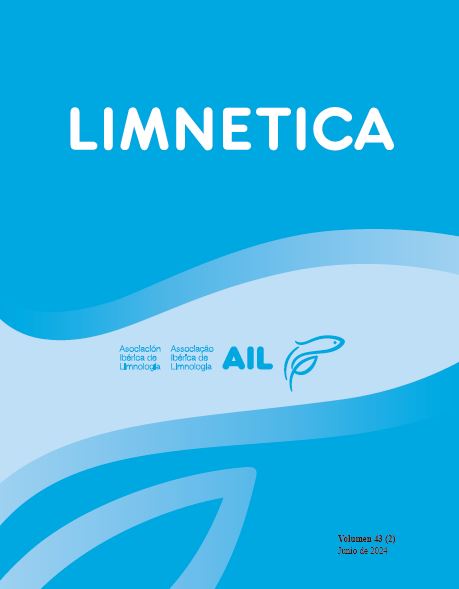Carbon dioxide and methane emissions across tropical and subtropical inland water ecosystems in Brazil: general patterns and potential drivers
Resum
Investigations on CO2 and CH4 emissions from aquatic systems have increased in the last decades given their relationships with the biogeochemical cycles and their roles as greenhouse gases. Most studies focus on high-latitude water bodies, with limited information available for tropical and subtropical zones. Investigating the pathways, measurement methods, and possible drivers of the emissions of such gases can contribute to understanding the dynamics and intensity of emissions on both regional and global scales. Here we evaluated CO2 and CH4 emissions by lentic, lotic, and other types of aquatic ecosystems (e.g., floodplains, estuaries, and mangroves) in different biomes in Brazil. We analyzed the reported emission rates, if they were ebullitive or diffusive, most commonly used methods, and identified potential drivers through a literature search of papers published in the last ~30 years. Most studies were carried out in three biomes (Amazon, Atlantic rainforest, and Cerrado). The highest emissions were reported in lentic ecosystems (from 0.05 to 4567 mmol CO2 m-2 day-1, and from 0.19 to 447 mmol CH4 m-2 day-1), greater than most previous reports from high-latitude areas. The diffusive pathway was more frequently analyzed in comparison to the ebullitive one, and the floating chamber was the most commonly used measurement method. Although analyses of the ebullitive pathway were less frequent, our analyses indicated that such pathways are important. While alkalinity, pH and dissolved oxygen were potential predictors of gas emissions, the role of water depth was unclear. Emissions of CO2 and CH4 correlated positively. Further investigations and more data are still needed for building more robust prediction models for greenhouse gases emissions by tropical and subtropical water bodies.
Descàrregues
Publicades
Número
Secció
Llicència
Los autores que publican en esta revista están de acuerdo con los siguientes términos:
- Limnetica está bajo una licencia de Creative Commons Atribución-NoComercial 4.0 Internacional.
b. Los autores pueden establecer por separado acuerdos adicionales para la distribución no exclusiva de la versión de la obra publicada en la revista (por ejemplo, situarlo en un repositorio institucional o publicarlo en un libro), con un reconocimiento de su publicación inicial en esta revista.
c. Se permite y se anima a los autores a difundir sus trabajos electrónicamente (por ejemplo, en repositorios institucionales o en su propio sitio web) antes y durante el proceso de envío, ya que puede dar lugar a intercambios productivos, así como a una citación más temprana y mayor de los trabajos publicados (Véase The Effect of Open Access) (en inglés).


